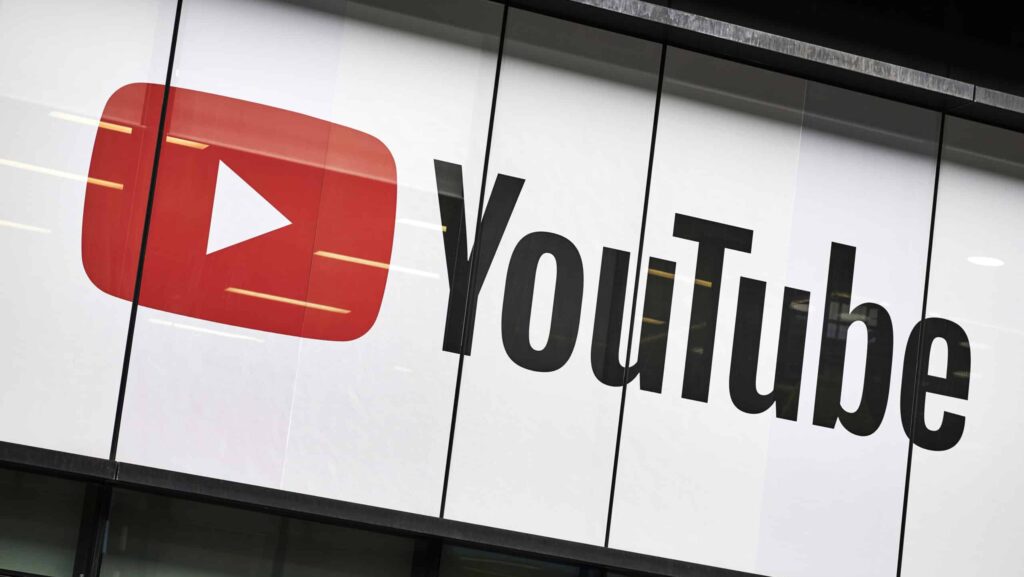Summary:
-
YouTube’s advertising revenue hits $8.92 billion in Q3 2024, surpassing $50 billion in total revenue over four quarters.
-
Wall Street analysts’ predictions exceeded as YouTube outperformed expectations with impressive ad revenue figures.
-
YouTube introduces new features and enhancements, including longer Shorts videos and AI integration, driving growth and engagement.
YouTube, the world’s leading video-streaming platform, generated $8.92 billion in advertising revenue during the third quarter of 2024, continuing its trend of significant growth. This marks a notable 12.2% increase compared to the same period last year, according to the latest earnings report from parent company Alphabet.
In a significant milestone, YouTube’s total revenue from advertising and subscriptions surpassed $50 billion over the past four quarters for the first time. Alphabet and Google CEO Sundar Pichai noted this achievement, highlighting an average revenue of more than $12.5 billion per quarter. Although Alphabet does not regularly disclose YouTube’s total quarterly revenue, this impressive figure reflects the platform’s substantial impact on the company’s financial performance.
Wall Street analysts had predicted YouTube’s advertising revenue for the quarter would reach $8.89 billion, according to StreetAccount, illustrating that YouTube has outperformed expectations. It’s important to note that the reported ad revenue figures do not account for subscription revenues from services like YouTube TV, YouTube Premium, YouTube Music Premium, or NFL Sunday Ticket.
In a conference call discussing Q3 earnings, Philipp Schindler, Google’s chief business officer, mentioned that YouTube recently concluded its upfront advertising commitments with a remarkable 20% increase year-over-year. Schindler highlighted the popularity of content surrounding the 2024 Paris Summer Olympics, which amassed 12 billion views from 850 million unique viewers, with 35% of viewing time occurring on television screens.
Alphabet reported overall revenue of $88.27 billion for the third quarter, a 15% increase year-over-year, alongside a net income of $26.3 billion, which reflects a 34% rise. This translates to earnings per share (EPS) of $2.12, significantly exceeding Wall Street’s expectations of $86.3 billion in revenue and an EPS of $1.85, as reported by LSEG.
Pichai expressed enthusiasm about the company’s performance, stating, “The momentum across the company is extraordinary. Our commitment to innovation, as well as our long-term focus and investment in AI, are paying off with consumers and partners benefiting from our AI tools.”
ADVERTISEMENT
During the earnings call, Pichai also announced new features for YouTube aimed at enhancing user experience. The platform will allow creators to organize their content into seasons and episodes on YouTube’s TV apps, creating a structure that mirrors subscription streaming services like Netflix. This move is expected to attract more creators and viewers, enhancing engagement on the platform.
In addition to these updates, YouTube recently extended the maximum length of videos on its short-form format, YouTube Shorts, from 60 seconds to 3 minutes. This change, driven by creator requests, provides content creators with a larger canvas to express their creativity and connect with audiences. Furthermore, YouTube plans to integrate Google DeepMind’s Veo generative AI video model into YouTube Shorts later this year, promising to enhance content creation capabilities for users.
In related developments, Alphabet’s Google Cloud division reported $11.35 billion in revenue for the third quarter, marking a 35% increase year-over-year. Operating income for Google Cloud surged more than sevenfold to $1.95 billion, demonstrating the division’s robust growth.
As of September 30, Alphabet reported a workforce of 181,269 employees, an increase from 179,582 at the end of June 2024. This growth in personnel reflects the company’s ongoing expansion and investment in its various business units.
The strong performance of YouTube and Alphabet overall indicates a healthy demand for digital advertising and cloud services, underpinned by the company’s innovative approach and focus on emerging technologies. With its continued investment in artificial intelligence and new content formats, YouTube seems well-positioned to sustain its growth trajectory in the competitive landscape of online video streaming.









